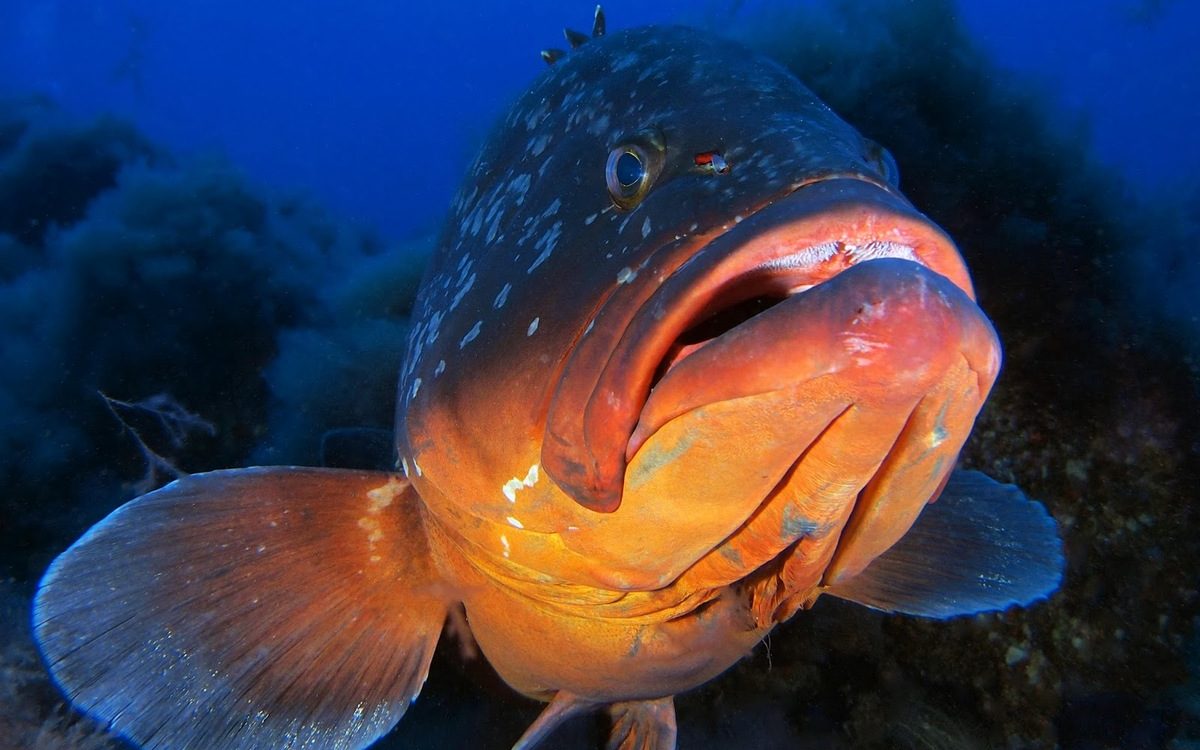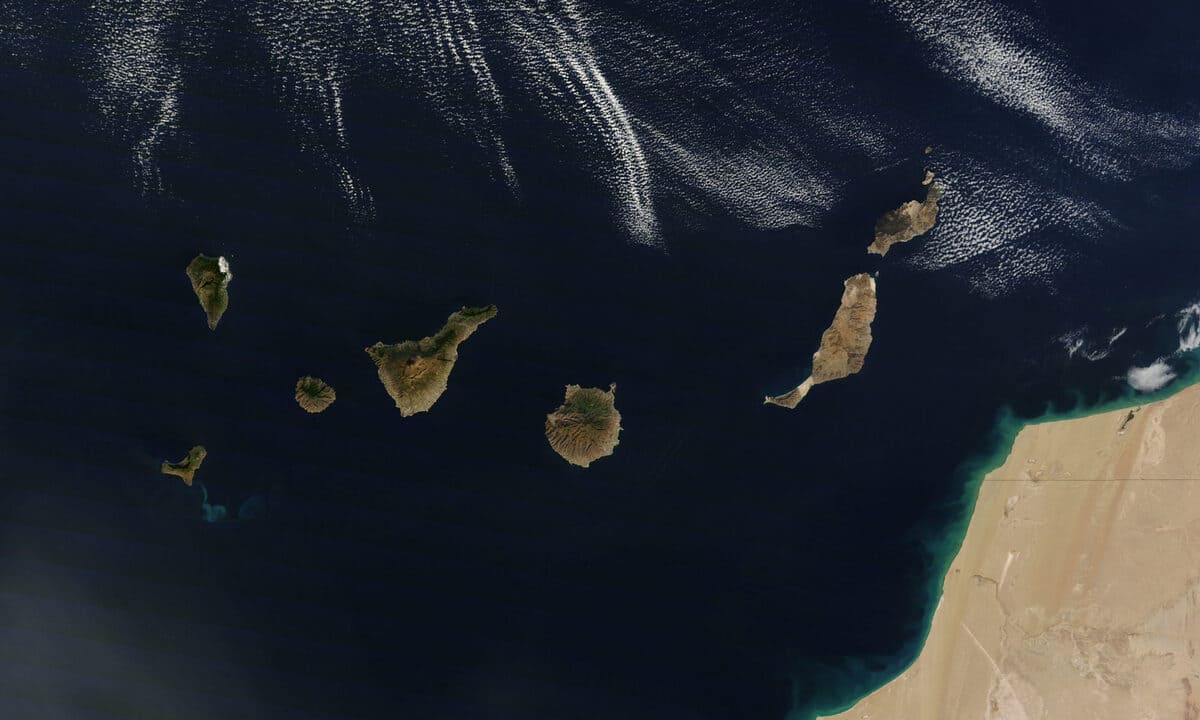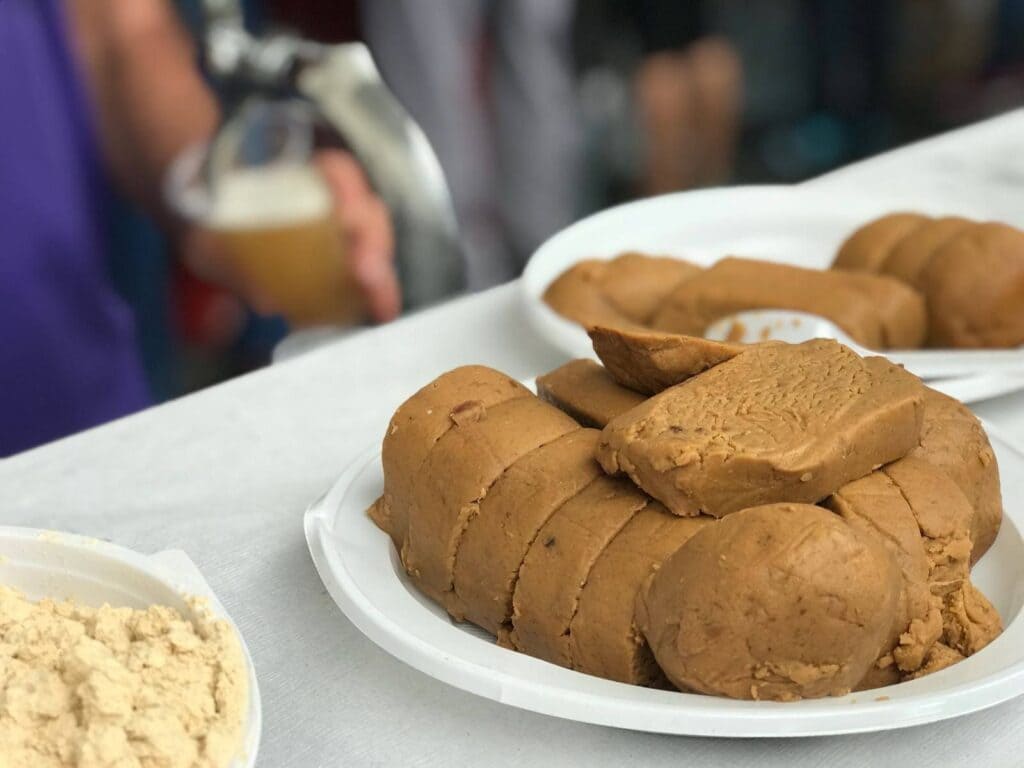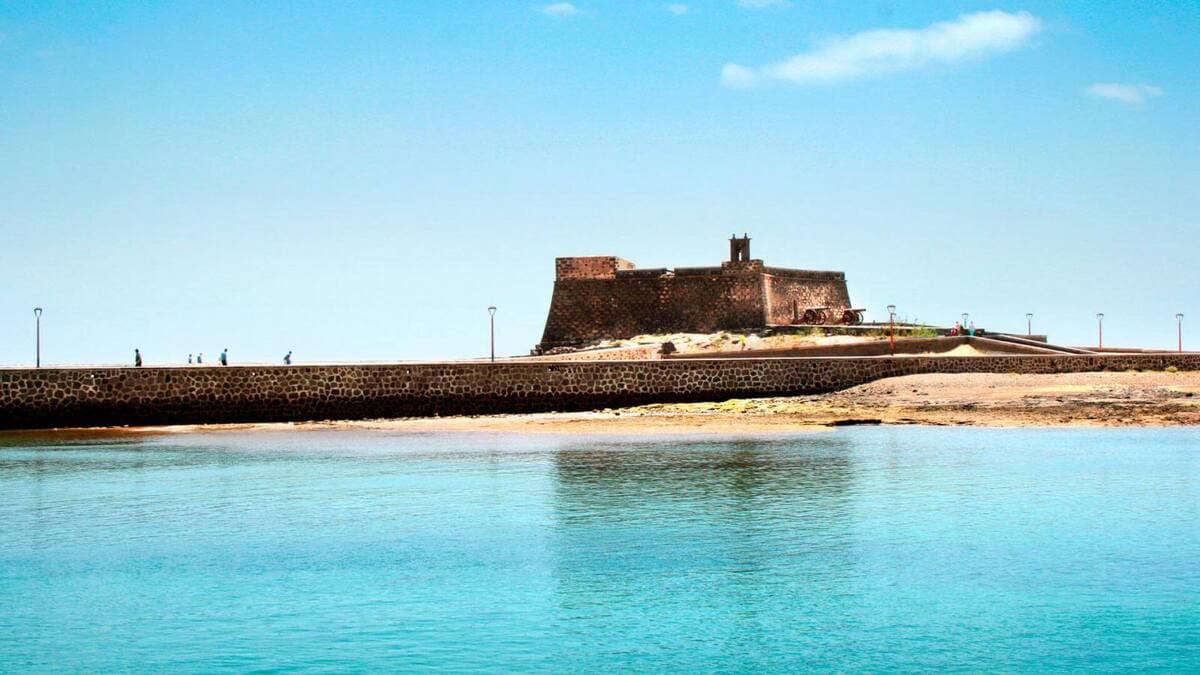Some musicologists affirm that Canarian folklore arises from the mixture of a series of differentiated musical traditions. In the first place, it is based on the music of aboriginal roots. To this is added the influence of the peninsular musical culture, including the Castilians and also the Lusitanians, who arrived with the conquest and colonization. Later, there were contributions from the Caribbean music brought by the Canarian emigrants on their return to the islands.
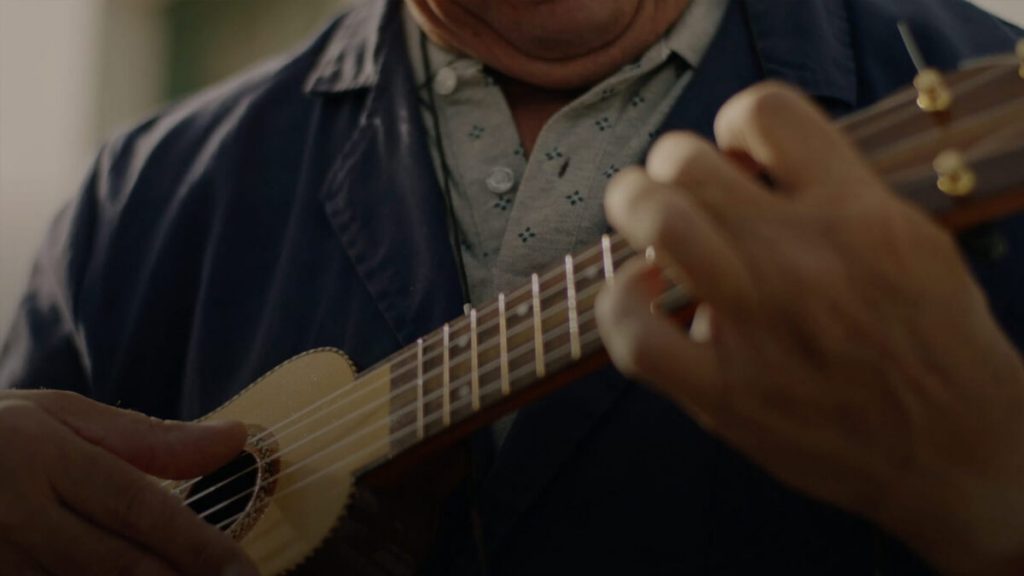
Music in the Canary Islands has established links and united its people in different moments of life: the plowing or threshing in the fields, the ranchos de ánimas during some rituals or the folías, isas and malagueñas when dancing.
This rich and varied Canarian folklore originates in that first mixture of cultures mentioned above, to which we must add, later on, the influences generated by the Genoese, Jewish, Flemish and British traders, as well as the human flow between the Canary Islands and America.
History of Canarian folklore: the music of our land
The traditional music and folklore of the Canary Islands, like all the culture of the Archipelago, is characterized by the different influences that have arrived to the islands. On the substratum provided by the ancient settlers, there are also influences from the conquest and later colonization by the Spaniards, as well as influences from the Portuguese and Central Europeans.
The music of the islands has taken on its own personality over time, reflecting the idiosyncrasy of the archipelago. The musical folklore of the Canary Islands differs from that which was once the original and today stands out for the variety and richness of its songs and dances.
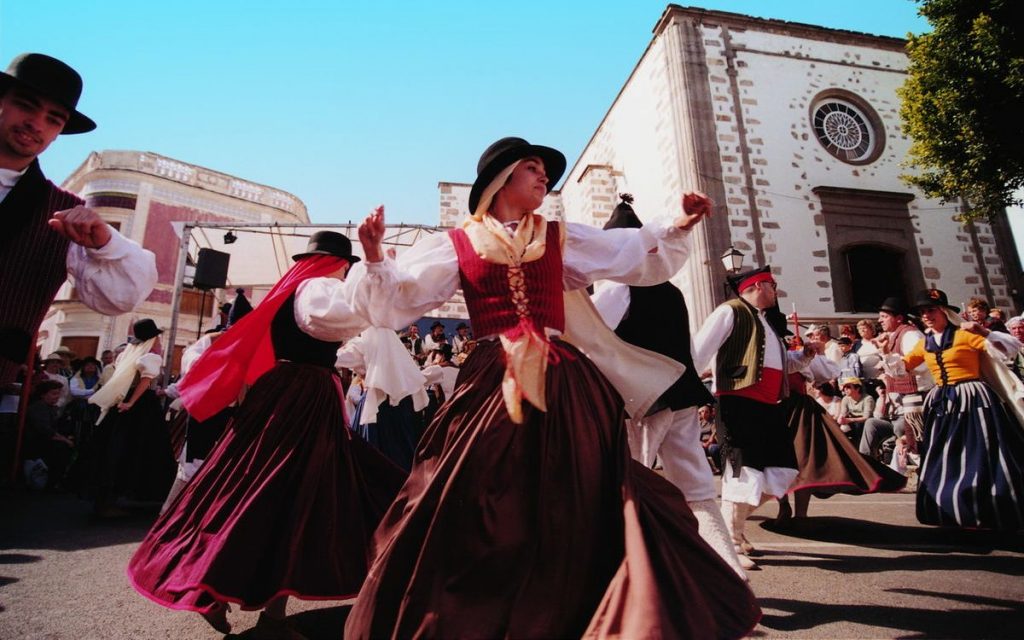
At the time of the conquest, the so-called "Baile del Canario" (Dance of the Canary) spread through the European courts. This was a dance practiced by the aboriginal Canary Islanders transported to the continent, but few references remain of this manifestation. Apparently, current dances such as the tajaraste, the tango herreño or the sirinoque are related to that original "Baile del Canario". Of these, the sirinoque palmero is the one with more aboriginal influence.
Around the 16th century, a type of funeral songs, the endechas, which do not have their origin in the islands. On the contrary, they are possibly a Jewish contribution, but they became so deeply rooted in the Canarian people that they were included in the songbooks of the time as "Endechas de Canaria". The descendants of the aborigines sang them in their own language. Nowadays , isas, folías and malagueñas are the most popular genres.
Instruments used in Canary Island folklore
The history and geographical location of the Canary Islands have allowed European, American and African influences to reach the archipelago over the centuries, as we have already mentioned.

Transferring this flow of influences to the field of musical folklore, we can understand how it is possible to find musical instruments with roots outside the islands. For example, the mandolin, of European origin; the Venezuelan cuatro, coming from Latin America; or the "bucio", an instrument of aboriginal descent with African roots. In addition, it is important to mention the adaptation and creation of new instruments of entirely Canary origin, such as the timple, the pito herreño, the drum of Tenerife or the chácaras gomeras.
The different songs and dances within the folklore of the islands.
The isas, malagueñas and folías form the basis of the traditional music and dance of the Canary Islands, to which the seguidillas are added. These pieces, originating in Spain, took root on the island in the 18th century and form the basis of its current musical folklore. In the 19th century, a group of dances from Central Europe was incorporated: the Polka, the Mazurka and the Berlina.
Some canarian folklore groups
Los Sabandeños
Los Sabandeños are a popular Canarian music group with origins in Tenerife and probably the greatest representative of the traditional music of the Archipelago. With nearly 70 recordings and a valuable sound archive, they are part of the island's heritage, including their own songs and adapted versions.
Although today they can hardly be considered a folk group, for many decades they were forerunners of the purest folklore, with a variety of valuable albums and soloists who defended the most deeply rooted style.
Los Gofiones
Los Gofiones, like Los Sabandeños, are a popular music group born in Gran Canaria with a long career and an important recognition. Their work in the field of popular roots is combined with the search for new musical and scenic formulas.
The group's travels through different countries and the connection that links the archipelago with Latin America has helped to expand its repertoire and use music from other latitudes.
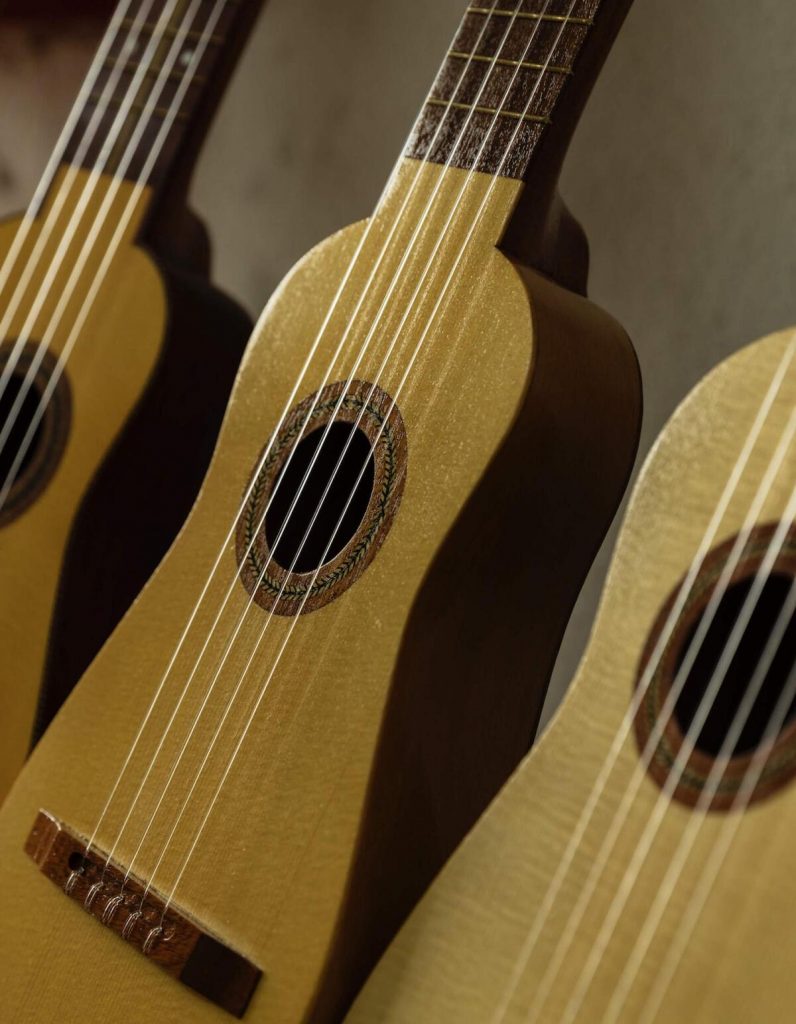
The Canary Islands is a land with a thousand things to see, explore and learn about. If you are interested in knowing more interesting facts about the Canary Islands, its culture and traditions, we leave you below the link to the section Culture and traditions.
Paula Vera
